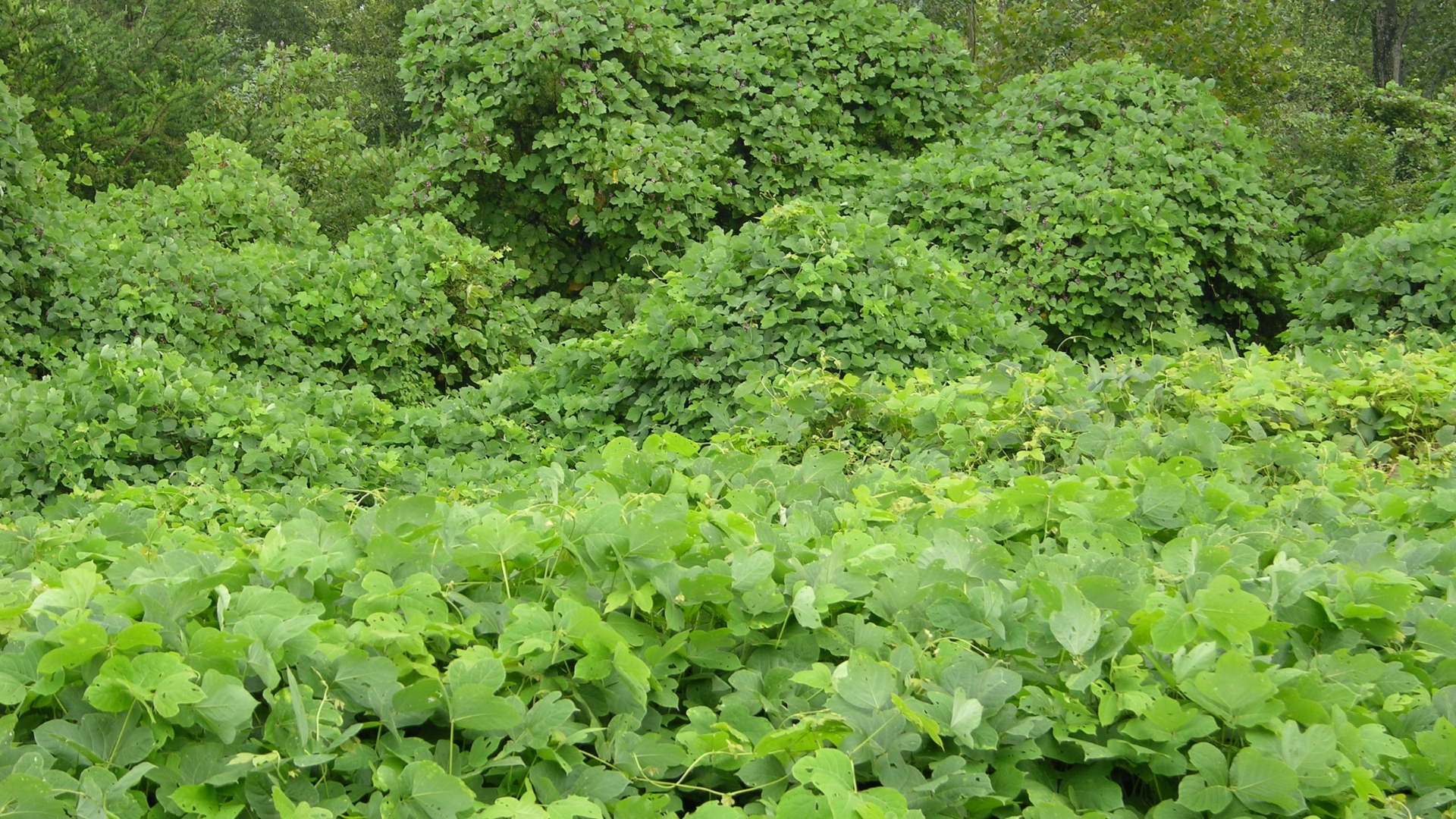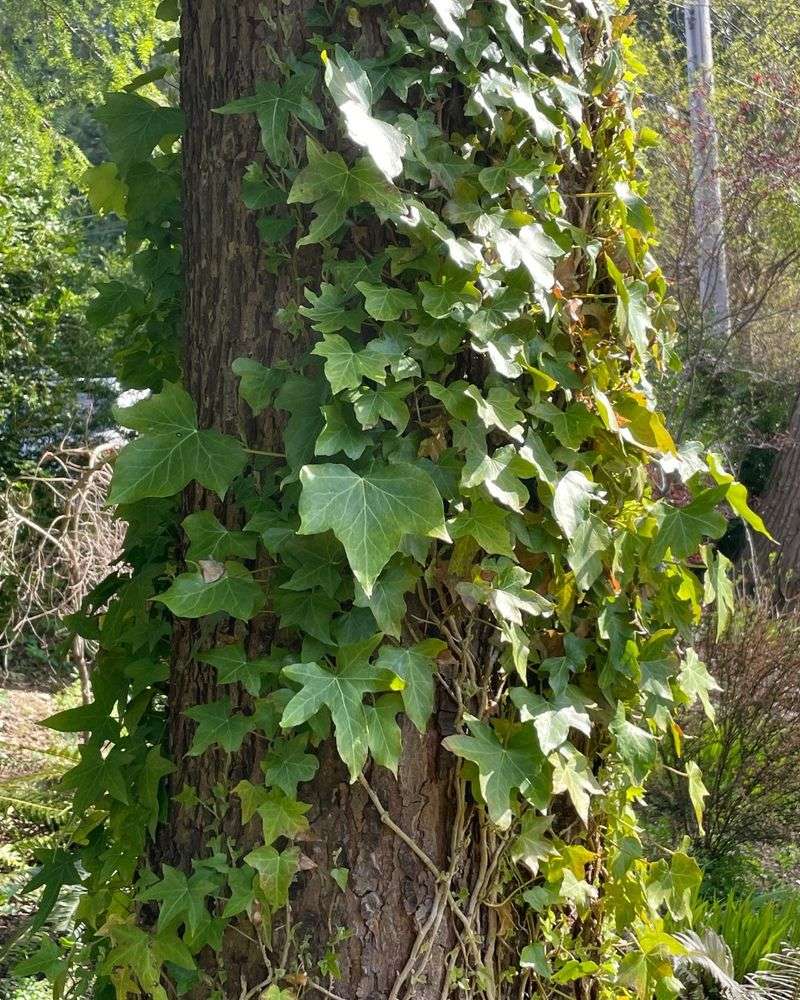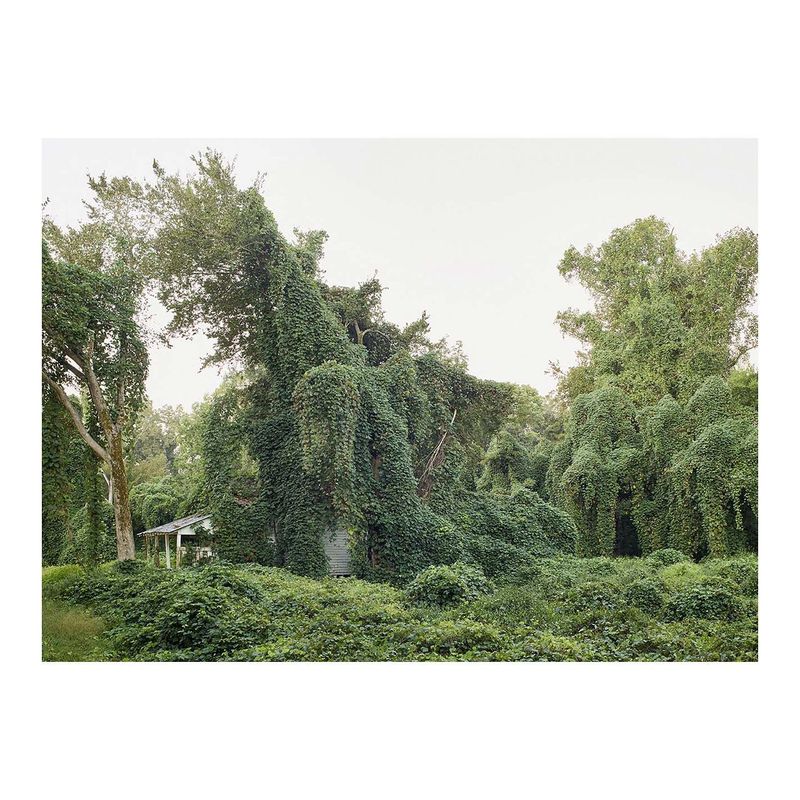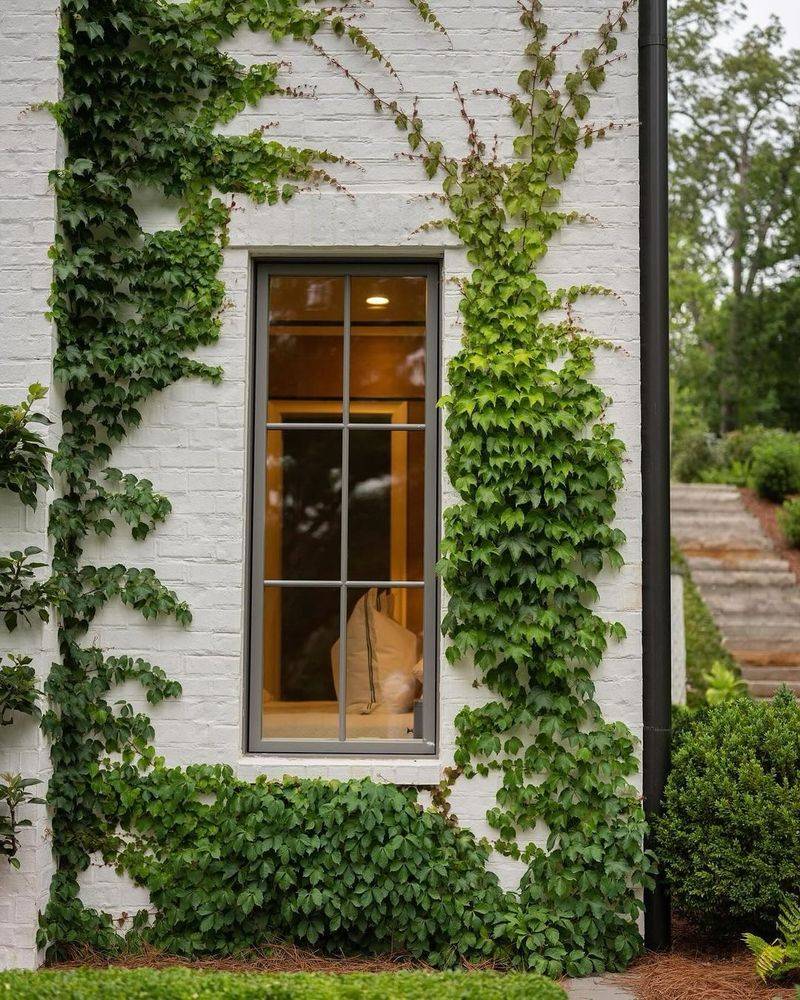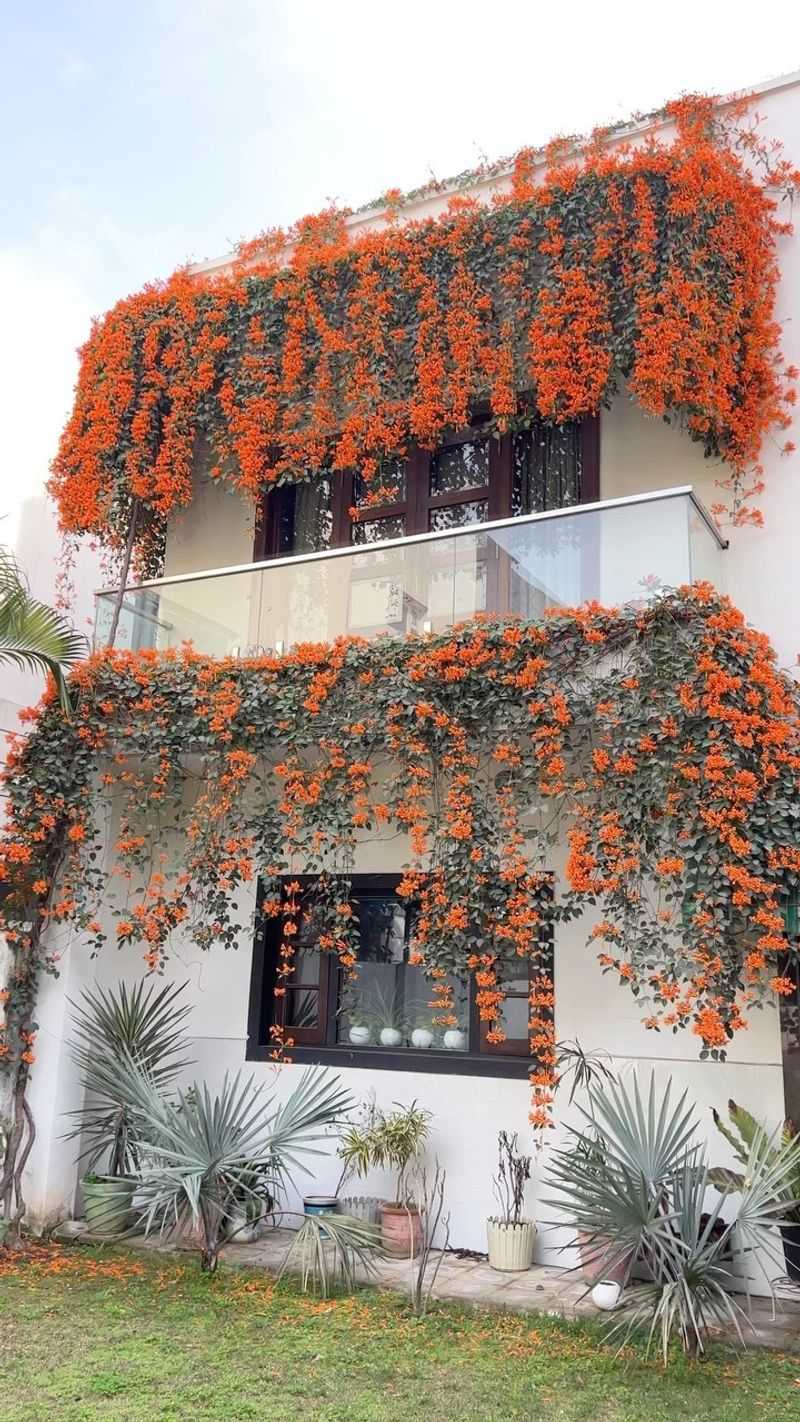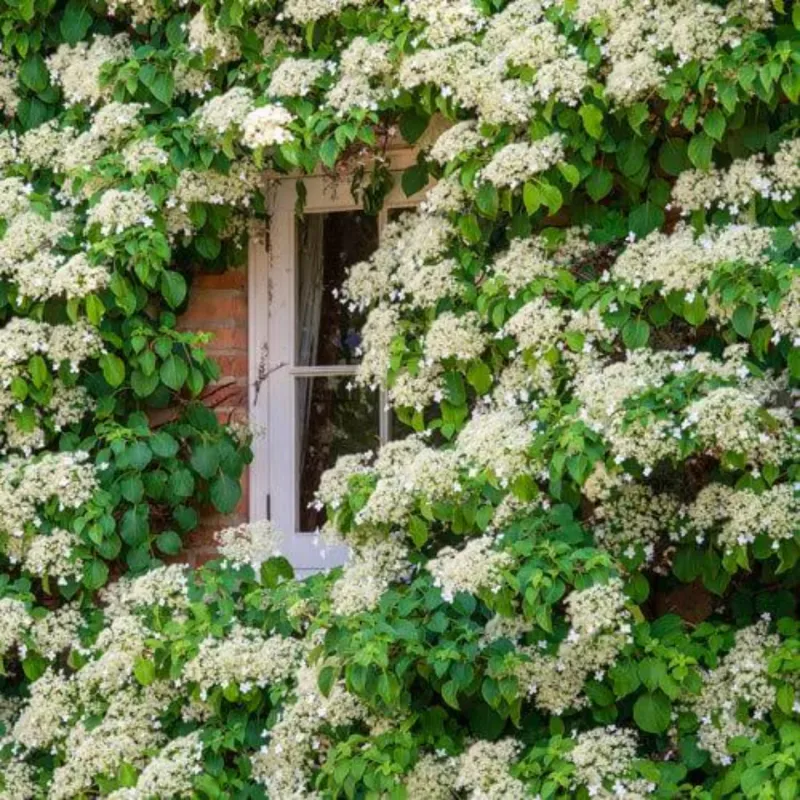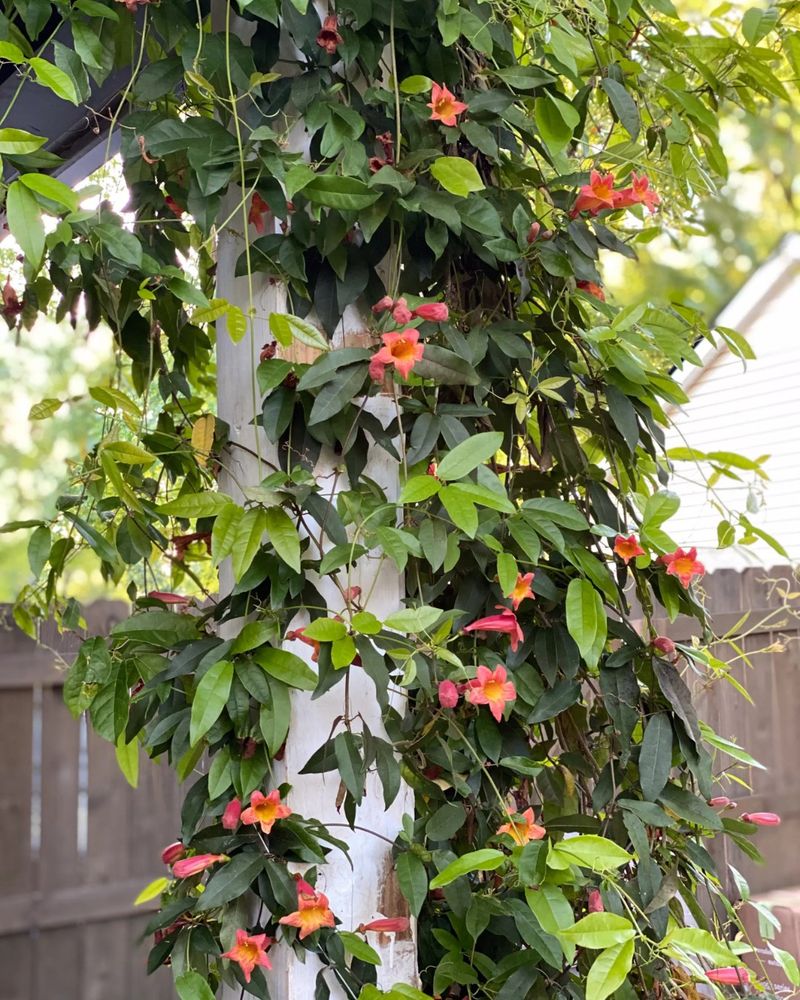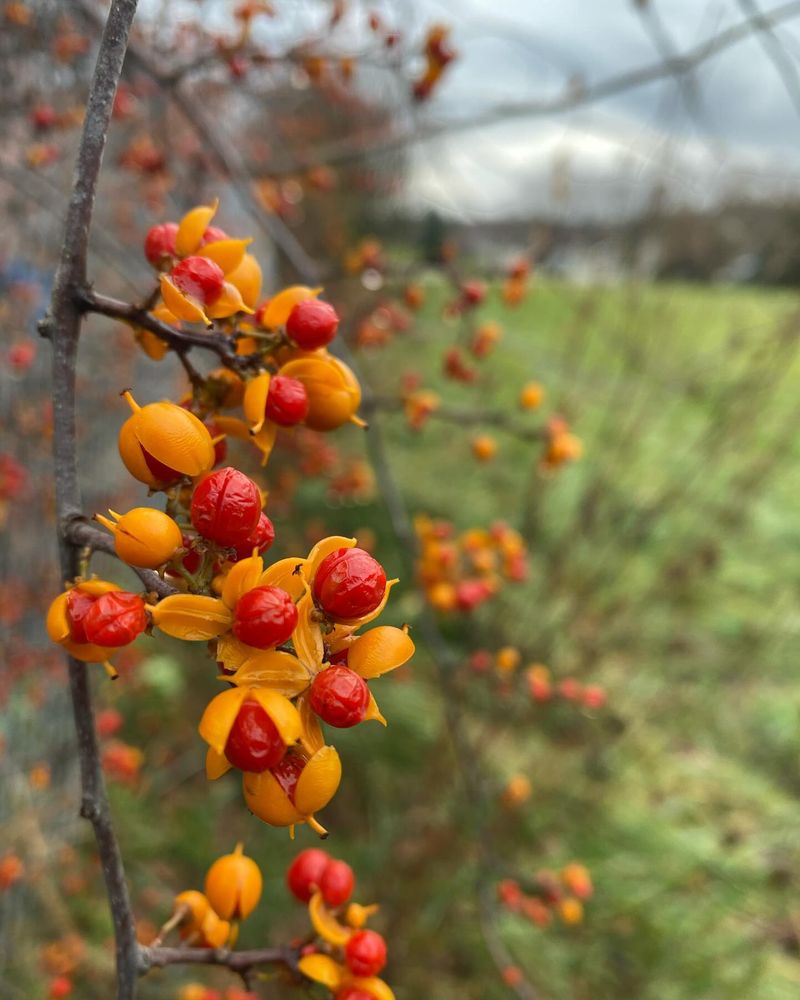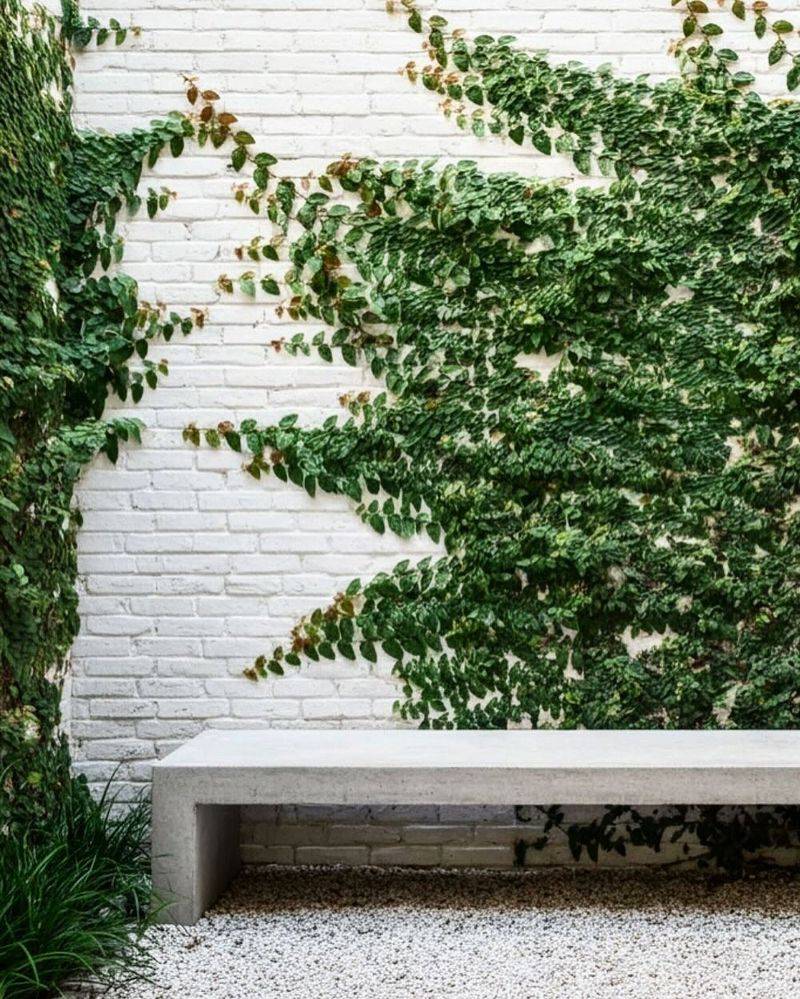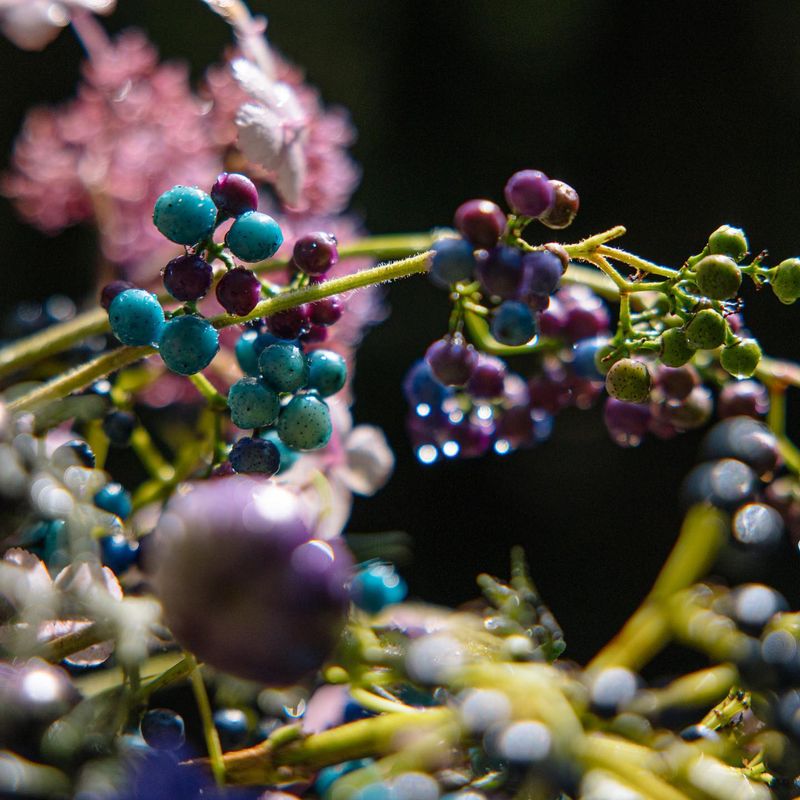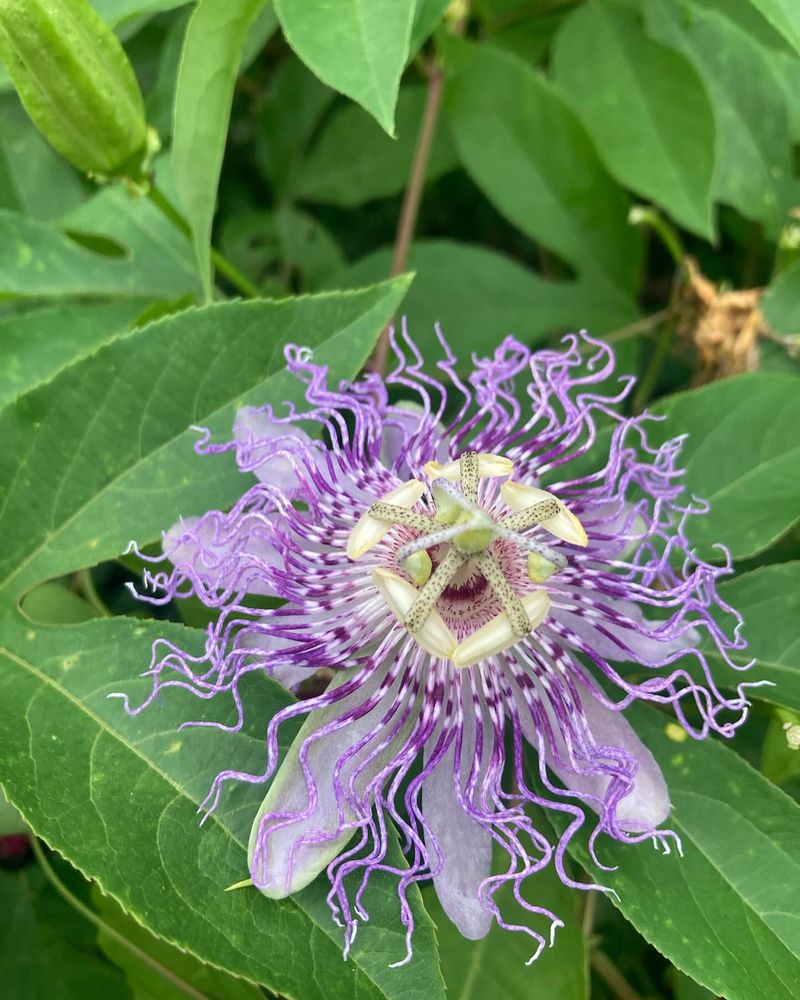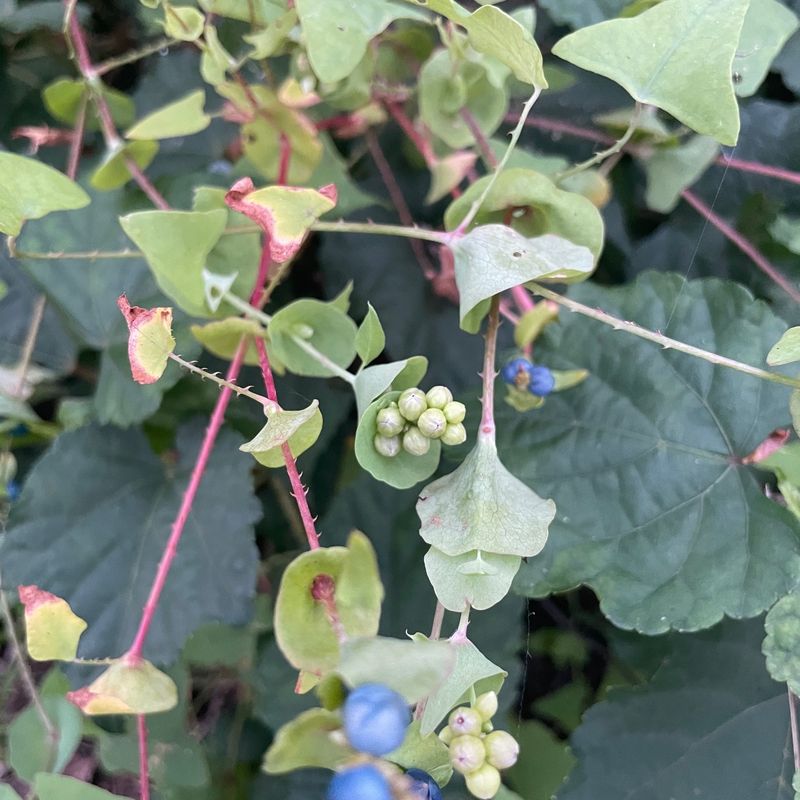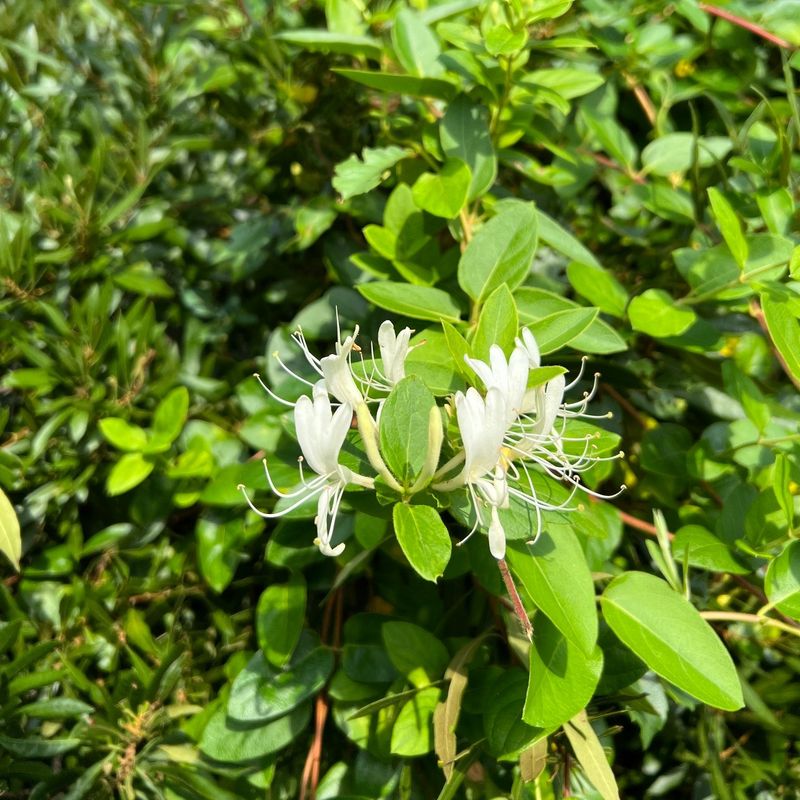I used to love the look of vines climbing up my walls—until I found out just how much damage they were doing behind the scenes.
Some of these fast-growing climbers might seem charming, but they can sneak into cracks, weaken structures, and invite pests before you even notice. It’s not just about curb appeal—it’s about protecting your home from long-term headaches.
I’ve had to pull out more than a few by hand, and it wasn’t pretty. If vines are creeping a little too close for comfort, here are the ones to watch out for—and why it’s time to act fast.
1. English Ivy
The tiny rootlets of English ivy dig into mortar and wood, creating pathways for moisture to seep in. Once established, this vine can lift shingles and penetrate tiny cracks in your home’s exterior.
Removing mature ivy often damages paint and leaves behind those stubborn rootlets that continue to deteriorate surfaces. If you spot this classic climbing plant on your walls, it’s best to remove it immediately before it becomes firmly attached.
2. Wisteria
Don’t be fooled by wisteria’s gorgeous purple blooms! The woody stems of this powerhouse can grow as thick as tree trunks and generate surprising force. Many homeowners discover too late that wisteria has twisted around gutters or crept under siding.
When this beauty wraps around pipes or architectural features, it can actually crush them over time. The extensive root system can also damage foundations and underground utility lines when left unchecked.
3. Kudzu
Known as “the vine that ate the South,” kudzu grows at the alarming rate of up to a foot per day during summer months. This invasive nightmare can completely engulf a structure in just one growing season if left uncontrolled.
The tremendous weight of mature kudzu can collapse porches, fences, and even small outbuildings. Its aggressive growth habit allows it to block gutters, windows, and ventilation systems, creating moisture problems that lead to wood rot.
4. Boston Ivy
While commonly used as ornamental coverage for brick buildings, Boston ivy shouldn’t fool you with its collegiate charm. The adhesive pads that help it climb leave behind a residue that’s nearly impossible to remove without damaging surfaces.
When this vine is eventually removed, it often takes pieces of mortar or paint with it. Boston ivy’s dense growth can also trap moisture against walls, creating the perfect environment for mold growth and accelerated deterioration of your home’s exterior.
5. Trumpet Vine
Hummingbirds adore trumpet vine’s tubular orange flowers, but your home definitely doesn’t love this aggressive climber. The tendrils find their way into the smallest cracks, expanding them over time as they grow and thicken.
Removing mature trumpet vine often requires professional help since it spreads through underground runners that can sprout new vines even after the main plant is gone. Its extensive root system has been known to crack foundations and damage underground pipes.
6. Virginia Creeper
Those distinctive five-leaved clusters might look charming in fall when they turn bright red, but Virginia creeper’s adhesive pads can seriously damage painted surfaces. The vine’s tendrils work their way under siding and roofing materials, creating entry points for water.
Many homeowners are surprised by how quickly this native plant can take over, climbing 50 feet or more in just a few seasons. Its dense growth provides the perfect hiding place for destructive insects that can cause additional damage to your home.
7. Morning Glory
Those beautiful trumpet-shaped flowers hide morning glory’s aggressive nature. This annual vine reseeds prolifically, returning year after year to twist around anything in its path, including drain pipes and utility lines.
The twining stems tighten as they grow, potentially crushing softer materials and restricting water flow in gutters. Morning glory’s extensive root system can also penetrate tiny foundation cracks, expanding them as the roots grow and potentially creating serious structural issues.
8. Climbing Hydrangea
Despite its elegant appearance, climbing hydrangea becomes extremely heavy as it matures. This slow-starter eventually produces woody stems that can exceed 4 inches in diameter, putting tremendous stress on supporting structures.
The aerial rootlets that help it climb also damage mortar and wood surfaces. Once established, this long-lived vine becomes extraordinarily difficult to remove without damaging your home’s exterior, often requiring complete replacement of affected materials.
9. Honeysuckle
The sweet fragrance masks honeysuckle’s destructive potential. This vigorous climber creates such dense growth that it traps moisture against walls and prevents proper drying after rain, leading to rot and mold problems.
Honeysuckle’s twining habit allows it to wrap tightly around downspouts and railings, often crushing them over time. The weight of mature vines can pull down gutters and damage fascia boards, creating entry points for water that lead to expensive repairs.
10. Bittersweet
Those charming orange berries hide bittersweet’s destructive nature. The woody stems of this vigorous climber can reach several inches in diameter, exerting tremendous pressure on anything they encircle, including pipes and architectural features.
Bittersweet’s rampant growth habit allows it to quickly engulf small trees and shrubs near your home’s foundation, potentially damaging underground utilities. Its tenacious root system makes complete removal extremely difficult, often requiring chemical controls to prevent regrowth.
11. Climbing Fig
Popular in warmer climates, climbing fig uses tiny aerial rootlets that penetrate microscopic cracks in stucco, concrete, and brick. As these rootlets grow, they expand the cracks and create pathways for moisture to enter your walls.
Removing mature climbing fig almost always damages the underlying surface, requiring repairs to mortar or complete repainting. The dense foliage also provides perfect hiding places for pests like rats and mice that can find their way into your home.
12. Porcelain Berry
Resembling wild grape, porcelain berry produces distinctive blue-purple berries and grows with alarming speed. The vines can quickly cover windows and vents, blocking light and restricting proper home ventilation.
Birds spread the seeds everywhere, creating new plants that emerge through garden beds and foundation plantings. Once established near your home, porcelain berry’s aggressive growth habit allows it to climb walls using anything available for support, including downspouts and utility lines.
13. Passion Flower
Behind those exotic blooms lies a surprisingly aggressive vine. In warm climates, passion flower can grow year-round, quickly covering large areas of your home’s exterior and adding significant weight to gutters and downspouts.
The searching tendrils find their way into any available crack or crevice, widening them as they grow. Passion flower’s extensive underground root system can also damage foundations and underground utilities when planted too close to structures.
14. Mile-a-Minute Vine
The name isn’t an exaggeration – this invasive nightmare can grow up to 6 inches daily during summer months. The barbed stems attach to any surface, allowing mile-a-minute to rapidly climb walls and engulf architectural features.
Left unchecked, this aggressive vine creates a thick blanket that traps moisture against your home’s exterior, accelerating rot and decay. Its weight can pull down gutters and damage roof edges, while the dense growth blocks sunlight that would otherwise help dry surfaces after rain.
15. Japanese Honeysuckle
Unlike its native cousins, Japanese honeysuckle grows year-round in many regions, allowing it to spread unchecked across your home’s exterior. The vines grow so densely that they block drainage systems and create damp conditions perfect for wood rot.
Removing established Japanese honeysuckle often reveals damaged paint, rotted wood, and compromised structural elements that were hidden beneath the foliage. Its extensive root system can also damage foundations and underground utility lines when planted too close to your home.

